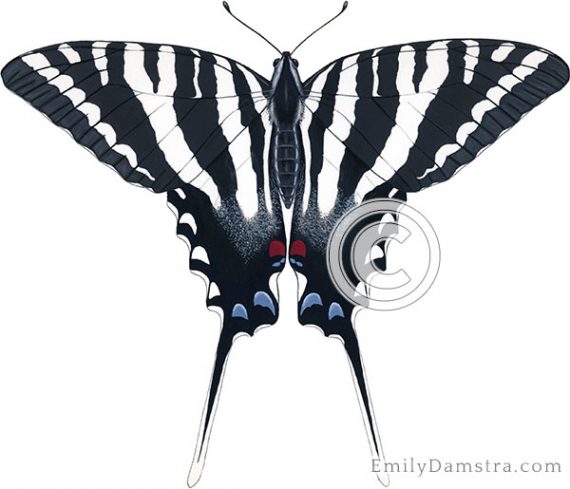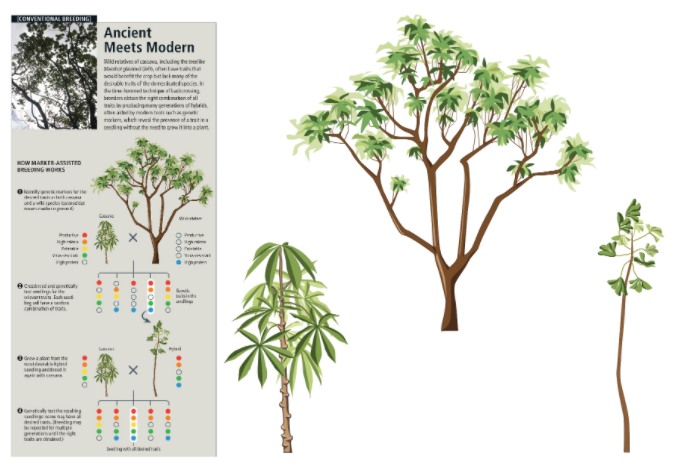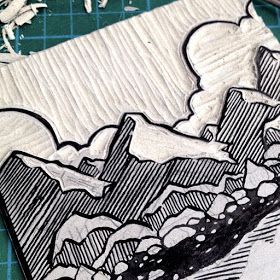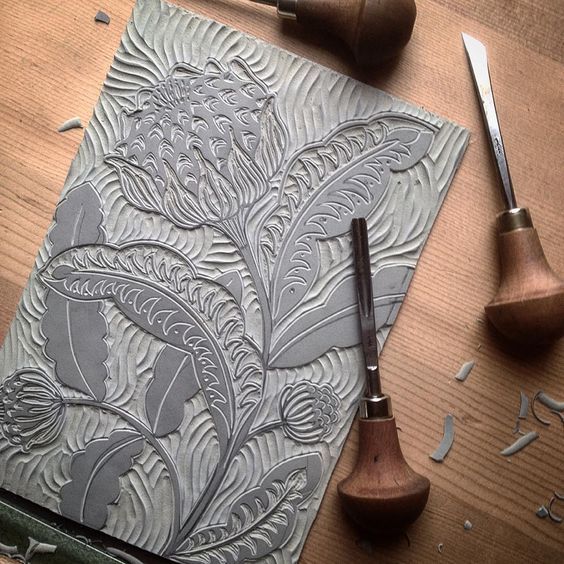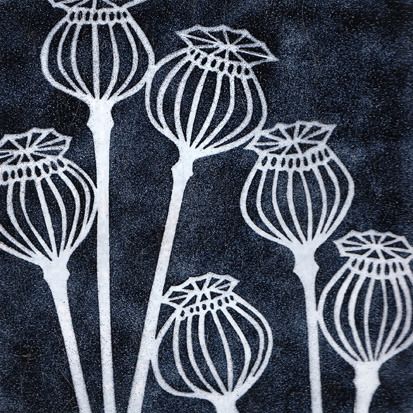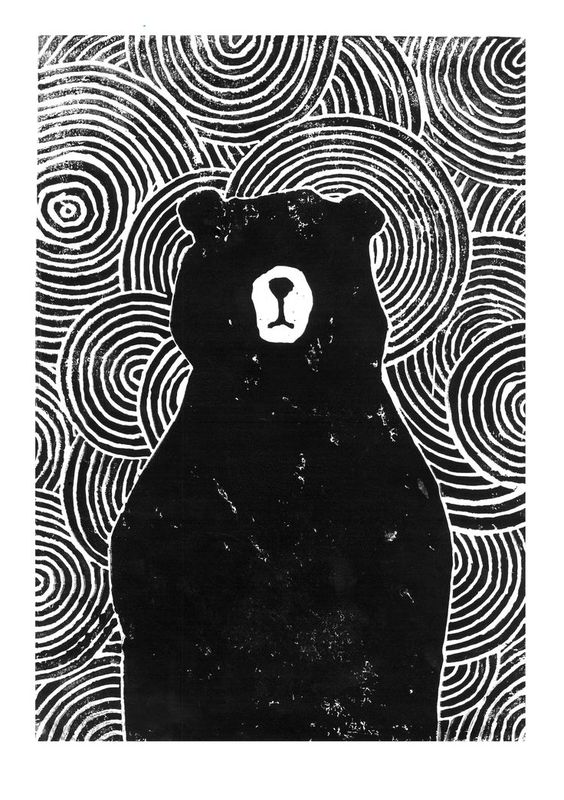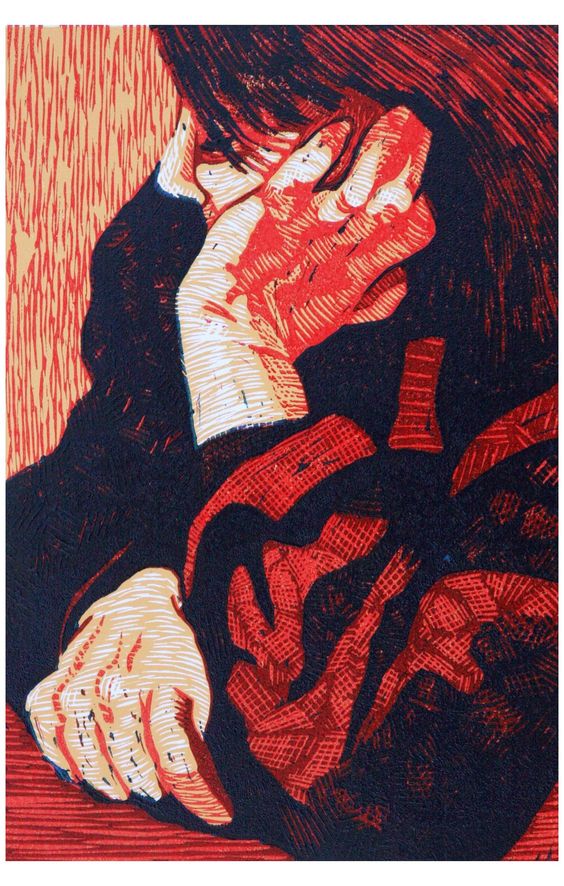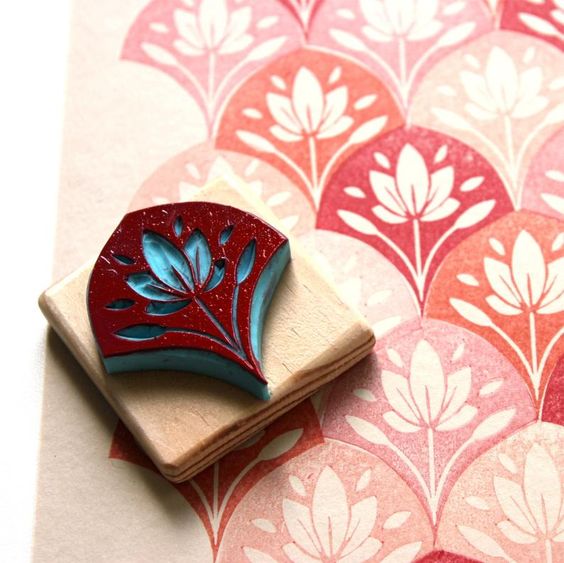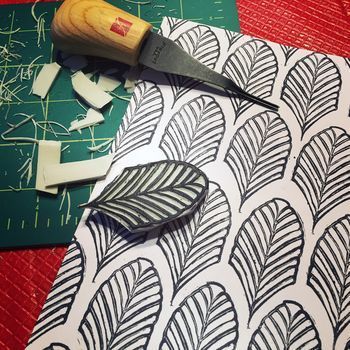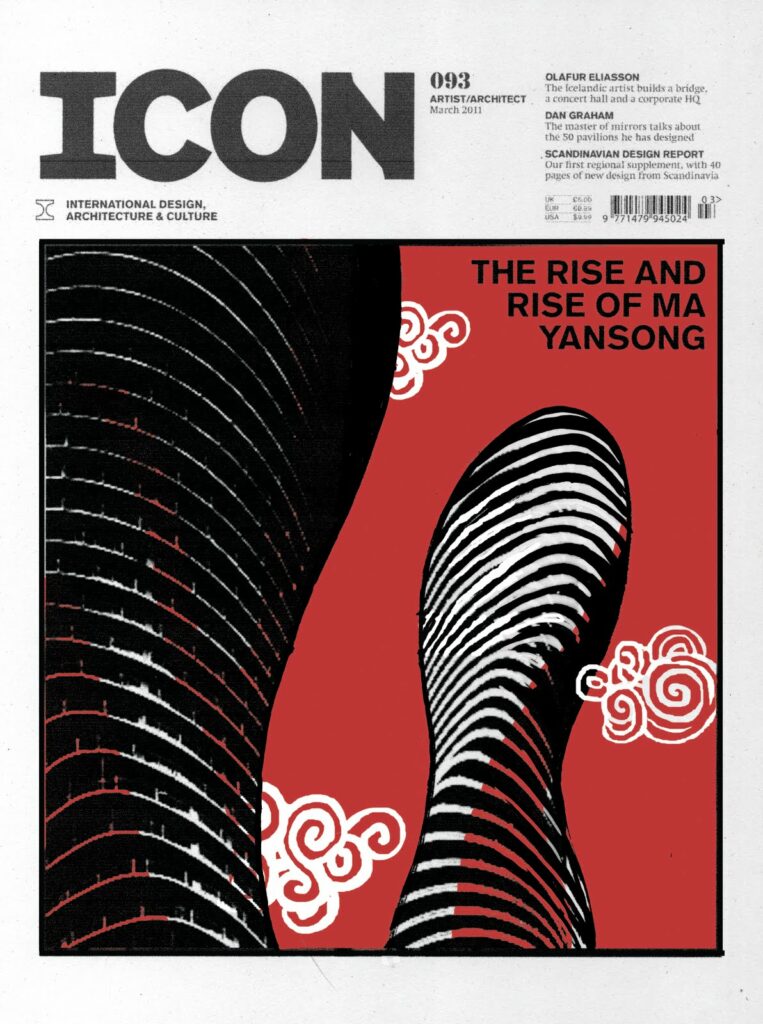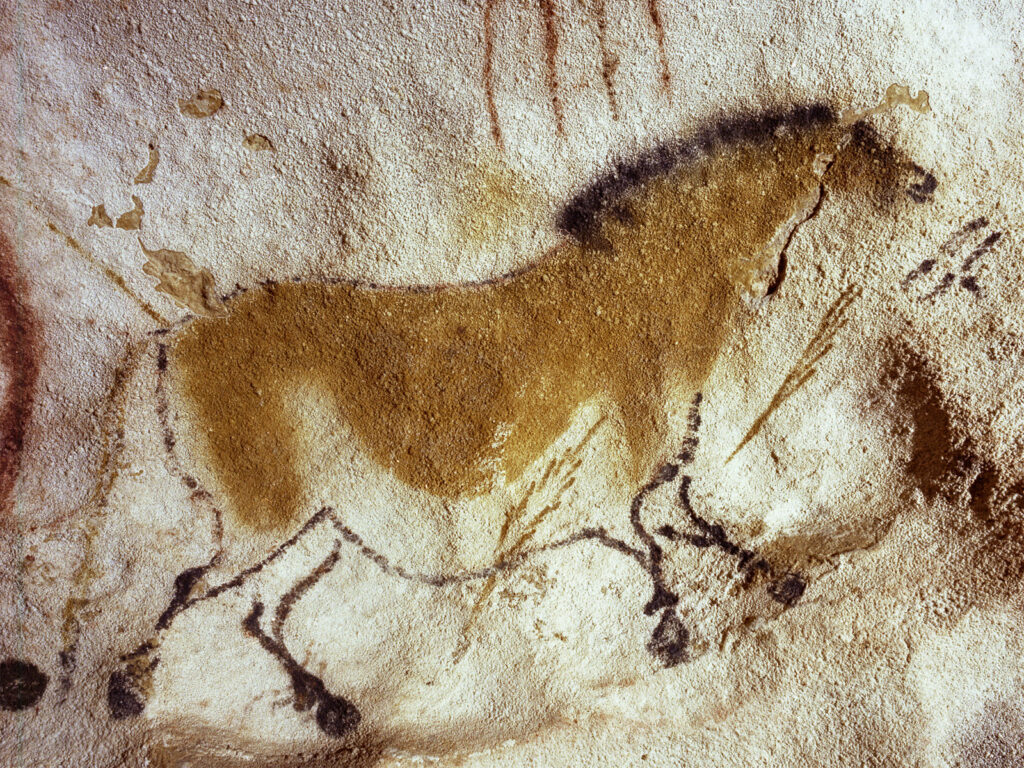How drawing helps you think
Ted Talk by Ralph Ammer | TEDxTUM
Ralph Ammer shows how drawing can support our thinking in five ways and why drawing doesn’t have to be perfect. In his opinion drawing, like language, is a way to think and get in touch with other people. For him, drawing is not about art – it is bigger than art. It’s a way to think visually.
- Drawing can ignite our intuition
By doing little repetitive exercises we can improve the connection between our hand and eyes as well as give our hand a physical workout. The stronger the hand, the better we may control it to draw. These exercises can also function as some sort of meditation and soothe our minds. This can give more room for intuition.

–
- Drawing can make the world more beautiful
Normally the brain tunes out any unnecessary information. When we draw, we actually have to look and concentrate on the world around us. We see what is actually there. By drawing our surroundings we can store information in our mind and remember far better than as if we had just taken a photograph.
One problem we might encounter is that our drawing doesn’t end up looking like our reference. The reason for this is that we tend to draw what we already know and not what we really see. By drawing the spaces between objects instead of the object itself we can trick our brain into not recognising shapes and make it easier for us to observe.
_
We don’t find beauty. We make the world beautiful by paying attention.
- Drawing helps us understand
We can try to draw what is unseen, like our thoughts and emotions. By choosing a subject and placing it on different positions within our canvas we can create different contexts. Ammer tries to draw his thoughts every day. They represent his thoughts about the world and can be grouped and rearranged to see connections and patterns.
_
- Drawing can help us to imagine new things
For Ammer an idea is what happens if two or more thoughts collide. By combining one thought with many other different thoughts you get a lot of ideas. After just writing everything down that you came up with you can sort out what might not work. An idea that seemed bad at first might turn out as the one that fits best for your purpose.
_

Creativity really is like breathing. You take in information and knowledge and you combine it to new ideas that you emit.
- Drawing helps us communicate with others
Images help to make words stick in your mind, because words alone are sometimes hard to take in. With drawings you can lead others through your thought process and help them to connect the dots and understand your idea. For that to work, the drawing has to be original and personal.
_
Our drawings do not have to be pieces of art. If they help us to think, they are good enough.
Ralph Ammer
On Ralph Ammer’s website he writes about about all those topics and many others more in detail. Some interesting articles of his:





















